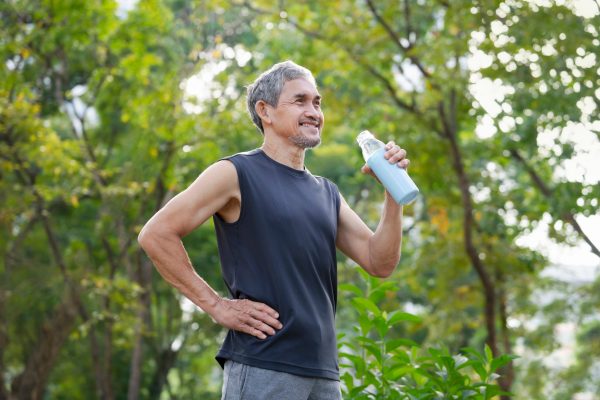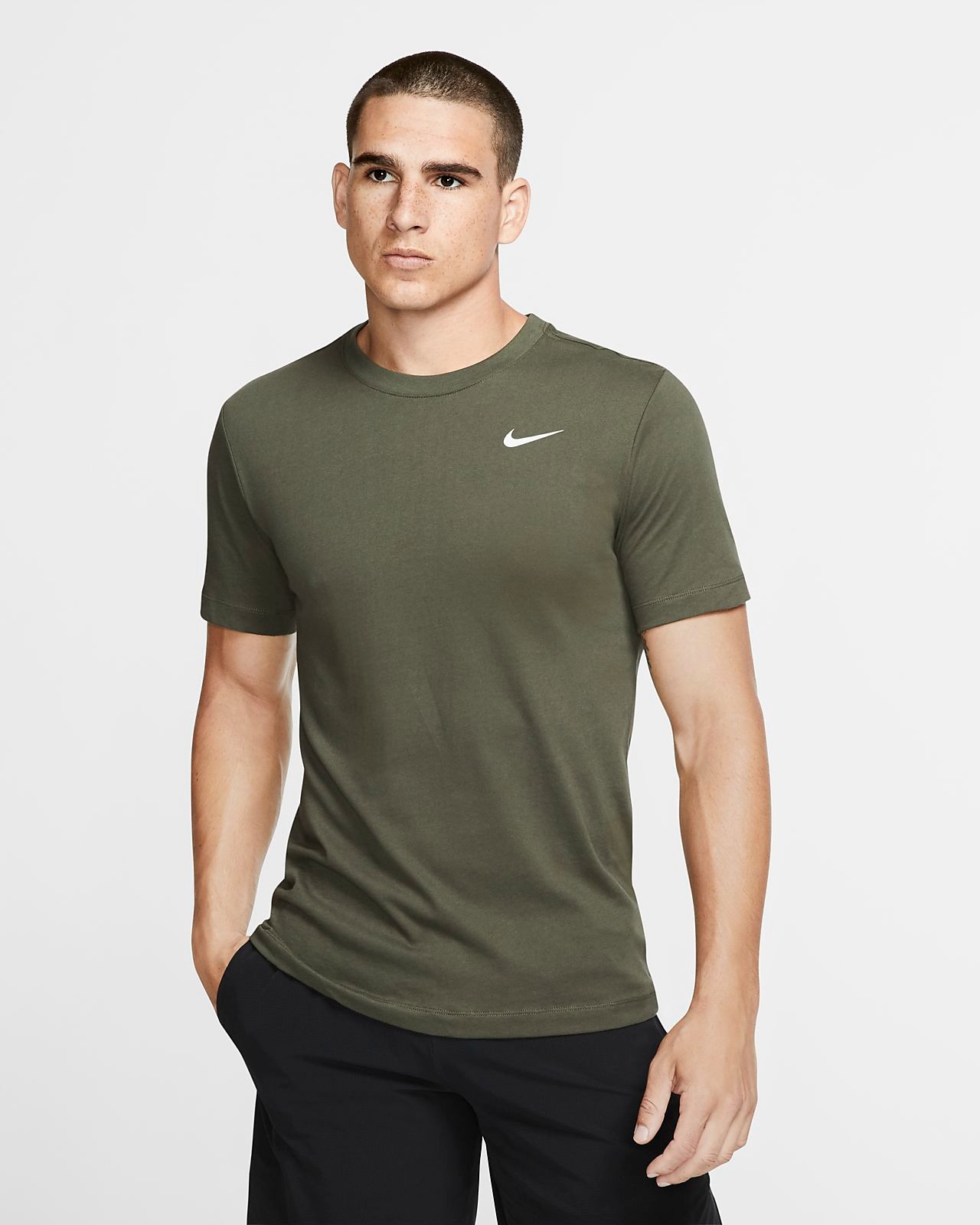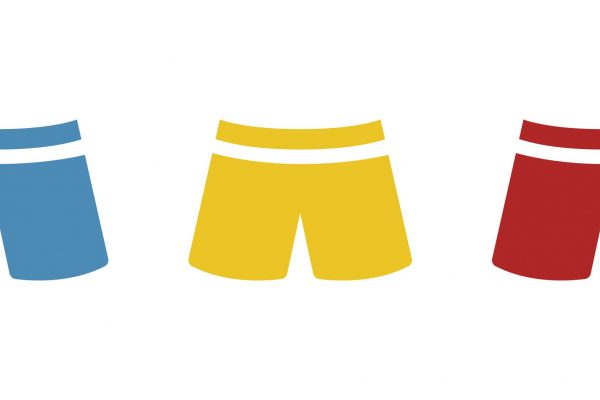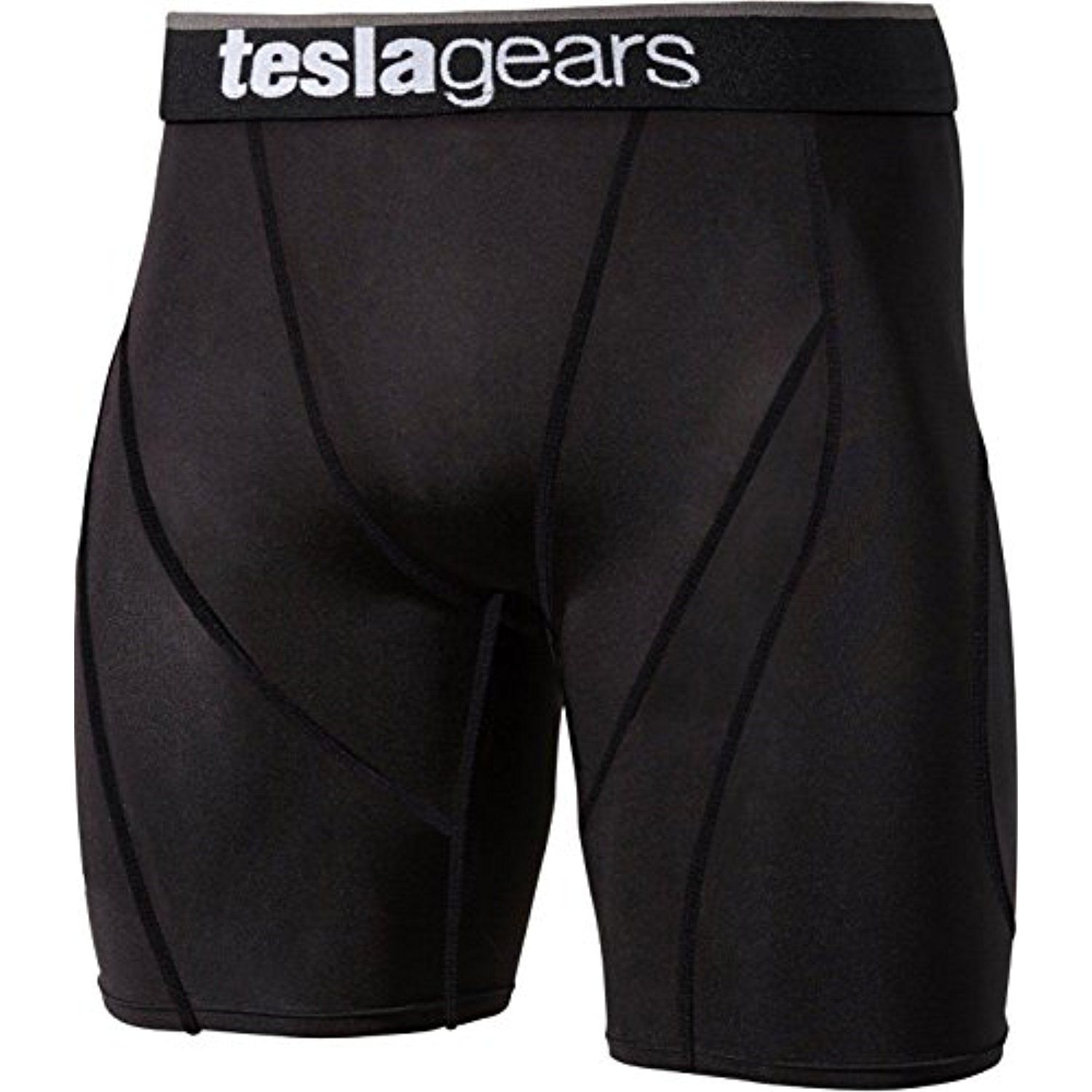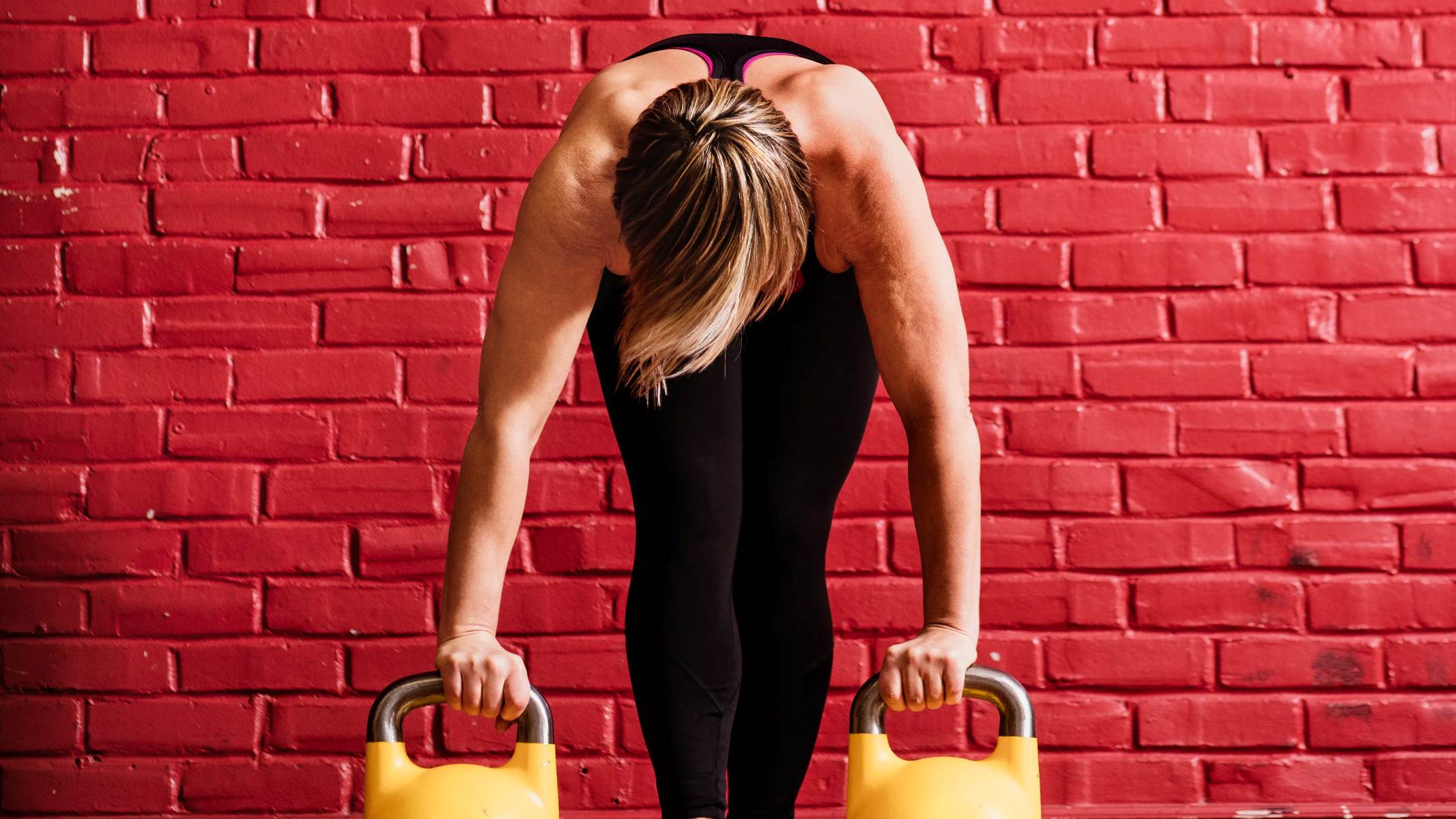

Featured
Why Is My Skin Cold When I Workout
Modified: January 2, 2024
Discover why your skin feels cold during workouts and the possible causes behind this phenomenon. Get featured tips on how to stay warm and comfortable during exercise.
Introduction
Have you ever noticed that your skin feels unusually cold when you’re in the midst of a vigorous workout? It’s a common experience that can be quite perplexing. After all, exercise typically increases your body temperature and causes you to sweat, both of which should make your skin feel warm. So, why does it sometimes feel cold instead?
The sensation of cold skin during workouts can have several explanations, ranging from physiological factors to environmental conditions. Understanding these factors can help shed light on why your skin feels cold during physical activity and what you can do to alleviate this sensation.
In this article, we will explore the common reasons behind cold skin during workouts. We will delve into the role of blood flow, the mechanisms involved in heat dissipation, the impact of sweat glands, the importance of warming up, the effects of dehydration, and the possibility of underlying medical conditions. By uncovering these factors, you will gain a better understanding of why your skin may feel cold during exercise and how to address the issue.
Common Reasons for Cold Skin During Workouts
There are several common reasons why your skin may feel cold during workouts. Understanding these factors can help you identify the underlying cause and take appropriate measures to address it. Let’s explore some of the most frequent explanations:
- Reduced Blood Flow to the Skin: During exercise, your body directs blood flow away from the skin and towards the working muscles to support their increased demand for oxygen. This redirection of blood flow can cause the skin to feel cooler as less warm blood reaches its surface.
- Heat Dissipation Mechanisms: As your body temperature rises during exercise, it activates heat dissipation mechanisms to cool itself down. One of these mechanisms is sweating, which creates a cooling effect as the sweat evaporates from your skin. However, if you are exercising in a cool or humid environment, the sweat may not evaporate efficiently, leaving your skin feeling cold and damp.
- Overactive Sweat Glands: Some individuals have overactive sweat glands that produce excessive sweat during exercise. While sweating is a normal physiological response, excessive sweating can lead to evaporative cooling, making your skin feel cold.
These are just a few of the common reasons for cold skin during workouts. Other factors such as inadequate warm-up, dehydration, and certain medical conditions can also contribute to this sensation. In the following sections, we will explore each of these factors in more detail to provide a comprehensive understanding of why your skin may feel cold during exercise and what you can do to mitigate it.
Reduced Blood Flow to the Skin
One of the primary reasons why your skin may feel cold during workouts is reduced blood flow to the skin. When you engage in exercise, your body prioritizes directing blood flow to the working muscles to supply them with oxygen and nutrients. As a result, less warm blood is available to reach the surface of your skin, leading to a sensation of coldness.
This redirection of blood flow during exercise is a natural response known as vasoconstriction. Vasoconstriction helps optimize the delivery of oxygen and nutrients to the muscles, enabling them to meet the increased demands of physical activity. However, a side effect of vasoconstriction is decreased blood flow to the skin, which can cause the skin’s temperature to drop.
In addition to vasoconstriction, other factors can also contribute to reduced blood flow to the skin during workouts. These factors include:
- Exercise Intensity: The more intense your workout, the greater the redirection of blood flow to the muscles. High-intensity exercises, such as sprinting or weightlifting, can significantly limit blood flow to the skin, leading to a colder sensation.
- Environmental Temperature: Exercising in a cold environment can exacerbate the sensation of cold skin. When the ambient temperature is low, the body naturally restricts blood flow to the skin to conserve heat.
- Body Composition: Individuals with a higher percentage of body fat may experience a more pronounced reduction in blood flow to the skin during exercise. Adipose tissue (fat) is less metabolically active than muscle tissue, which means that blood flow is often prioritized towards muscles rather than adipose tissue.
To counteract the reduced blood flow to the skin, you can take certain measures. Dressing in layers to keep your body warm, especially in colder environments, can help maintain a comfortable body temperature. Additionally, incorporating regular periods of gentle stretching or light movements during your workout can promote blood circulation to the skin and alleviate the sensation of coldness.
Heat Dissipation Mechanisms
During exercise, your body generates heat as a result of increased metabolic activity. To maintain a stable internal temperature, your body activates heat dissipation mechanisms to prevent overheating. One of the primary mechanisms involved in heat dissipation is sweating.
When your body temperature rises, sweat glands located in your skin produce sweat, which is primarily composed of water and electrolytes. As the sweat evaporates from the surface of your skin, it absorbs heat from your body, cooling you down in the process.
However, the effectiveness of sweat evaporation in cooling your skin can be influenced by various factors:
- Environmental Conditions: The ambient temperature and humidity can impact how efficiently your sweat evaporates. In hot and dry conditions, sweat evaporates quickly, facilitating cooling and making your skin feel warm. Conversely, in cool or humid environments, sweat may not evaporate as readily, leading to a sensation of cold, damp skin.
- Clothing: The clothing you wear during workouts can also affect the efficiency of sweat evaporation. Tight-fitting clothes or fabrics that trap moisture can impede evaporation and contribute to a feeling of coldness on the skin.
- Hydration Status: Adequate hydration is crucial for maintaining effective sweat production and evaporation. If you are dehydrated, your body may produce less sweat, which can compromise the cooling effect and lead to a sensation of cold skin.
It is important to note that while sweating is a natural response to exercise and helps regulate your body temperature, excessive sweating can also contribute to the feeling of cold skin. Some individuals may have overactive sweat glands, leading to excess sweat production, even during moderate physical activity. This excess sweat can lead to evaporative cooling, making your skin feel colder than usual.
To optimize the effectiveness of heat dissipation mechanisms and prevent excessive cooling of the skin, it is recommended to dress appropriately for the exercise environment, stay hydrated, and choose moisture-wicking fabrics that facilitate sweat evaporation. These measures can help maintain a comfortable body temperature during workouts and minimize the sensation of cold skin.
Overactive Sweat Glands
While sweating is a natural and essential function of the body to regulate temperature during exercise, some individuals may experience overactive sweat glands. This means that their sweat glands produce an excessive amount of sweat, even during moderate physical activity.
Overactive sweat glands, also known as hyperhidrosis, can contribute to the sensation of cold skin during workouts in a couple of ways:
- Evaporative Cooling: Excessive sweating results in a larger amount of sweat on the skin’s surface. As this sweat evaporates, it creates a greater cooling effect, making your skin feel colder than usual.
- Dampness and Evaporative Inefficiency: Excess sweat can lead to a prolonged feeling of dampness on the skin. In a cool or humid environment, the moisture on the skin may not evaporate efficiently, causing a chilly sensation.
While having overactive sweat glands can be inconvenient and uncomfortable, it is essential to note that it is not necessarily a cause for concern. Many individuals experience excessive sweating without an underlying medical condition. However, if excessive sweating significantly impacts your daily life or occurs even during minimal physical activity, it is advisable to consult a healthcare professional to rule out any underlying medical conditions that may be contributing to the overactive sweat glands.
To manage the sensation of cold skin due to overactive sweat glands during exercise, there are several strategies you can try:
- Dress strategically: Choose lightweight, breathable clothing that allows for better airflow and moisture evaporation. Avoid wearing fabrics that trap moisture, as this can worsen the feeling of coldness on the skin.
- Use absorbent materials: Incorporate the use of absorbent materials, such as sweatbands or towels, to help manage excess sweat and minimize the cold sensation on the skin.
- Hydrate adequately: Ensuring proper hydration can help regulate sweat production. Dehydration can worsen excessive sweating, so drink enough water before, during, and after your workouts.
- Consider medical interventions: In cases where overactive sweat glands significantly impact your quality of life, there are medical treatments available. These can range from prescription antiperspirants to Botox injections or even surgical options.
In summary, having overactive sweat glands can contribute to the sensation of cold skin during workouts due to increased sweat production and evaporative cooling. Managing this situation involves strategic dressing, using absorbent materials, staying hydrated, and, if needed, seeking medical interventions to control excessive sweating.
Inadequate Warm-Up
An inadequate warm-up before exercise can also contribute to the sensation of cold skin during workouts. A warm-up serves several important purposes, including increasing blood flow to the muscles, raising core body temperature, and preparing the body for physical activity.
When you engage in a proper warm-up routine, your body gradually acclimates to the demands of exercise. This includes an increase in heart rate, improved circulation, and activation of muscles and joints. In contrast, skipping or rushing through a warm-up can prevent your body from adequately preparing for the physical exertion to come.
Without a proper warm-up, your blood vessels may not dilate as effectively, which can result in reduced blood flow to the muscles and skin. This decrease in blood flow to the skin can lead to a sensation of coldness.
An insufficient warm-up can also impact the efficiency of heat dissipation mechanisms such as sweating. Without an adequate warm-up, your body may not activate sweat glands to the same extent, limiting the availability of sweat for evaporation and cooling. This can make your skin feel colder during the initial stages of your workout.
To ensure a sufficient warm-up, consider incorporating the following elements into your routine:
- Dynamic Stretches: Perform dynamic stretches that involve moving your body through a full range of motion. This helps increase flexibility and blood flow to the muscles.
- Aerobic Activity: Engage in light cardiovascular exercise to increase heart rate and elevate core body temperature. This could include activities such as brisk walking, cycling, or light jogging.
- Gradual Progression: Gradually increase the intensity of your warm-up exercises to progressively prepare your body for the main workout. Start with lighter movements and gradually build up to more challenging exercises.
By dedicating time to a proper warm-up, you can effectively increase blood flow to your muscles and skin, optimize heat dissipation mechanisms, and reduce the likelihood of experiencing cold skin during workouts.
Dehydration
Dehydration, or inadequate fluid intake, can contribute to the sensation of cold skin during workouts. When you exercise, your body loses water through sweat to help regulate body temperature. If you do not replenish these lost fluids by drinking enough water, dehydration can occur.
When you are dehydrated, your body’s ability to regulate temperature can be compromised. This can lead to a decrease in blood flow to the skin and an impaired ability to effectively dissipate heat through sweat evaporation. As a result, your skin may feel colder than usual.
In addition to reduced blood flow and impaired heat dissipation, dehydration can cause other symptoms, such as dizziness, fatigue, and decreased exercise performance. It is essential to maintain proper hydration before, during, and after your workouts to support optimal bodily functions.
To prevent dehydration and minimize the sensation of cold skin, follow these guidelines:
- Drink Adequate Fluids: Ensure you are consuming enough water throughout the day, especially before and during exercise. The exact amount of water needed varies depending on factors such as body weight, activity level, and environmental conditions.
- Monitor Urine Color: Keep an eye on the color of your urine. Clear to light yellow urine indicates good hydration, while dark yellow or amber urine may indicate dehydration.
- Prevent Excessive Fluid Loss: In hot weather or intense exercise sessions, consider drinking fluids that contain electrolytes to replenish those lost through sweat. Electrolytes help maintain proper fluid balance in the body.
By staying properly hydrated, you can support adequate blood flow to your skin, optimize heat dissipation mechanisms, and minimize the potential for cold skin during workouts. Remember to listen to your body’s thirst cues and replenish fluids accordingly.
Medical Conditions
In some cases, the sensation of cold skin during workouts may be attributed to underlying medical conditions. Certain health conditions can affect blood circulation, thermoregulation, and sweat production, leading to an increased likelihood of experiencing cold skin during physical activity. It is important to keep in mind that these conditions are less common and require medical attention for accurate diagnosis and management.
Here are a few medical conditions that can contribute to cold skin during workouts:
- Raynaud’s Disease: Raynaud’s disease is a condition that affects the blood vessels, causing them to narrow and restrict blood flow to the extremities, such as fingers and toes. This can lead to cold and numb skin, particularly in response to cold temperatures or stress.
- Hypothyroidism: Hypothyroidism is a condition in which the thyroid gland does not produce enough thyroid hormones. This can slow down metabolism, leading to decreased blood circulation, lower body temperature, and cold skin.
- Anemia: Anemia occurs when there is a deficiency in red blood cells or hemoglobin, which can impair oxygen transport throughout the body. Reduced blood flow and oxygenation to the skin can result in a sensation of coldness.
- Peripheral Neuropathy: Peripheral neuropathy is a condition characterized by nerve damage that affects the peripheral nervous system. It can lead to abnormal sensations, including coldness or numbness, in the affected areas, including the extremities.
If you suspect that an underlying medical condition may be contributing to the sensation of cold skin during workouts, it is important to consult with a healthcare professional. They can evaluate your symptoms, conduct appropriate tests, and provide a diagnosis and treatment plan tailored to your specific needs.
Managing the sensation of cold skin associated with medical conditions may involve a combination of lifestyle modifications, medication, and specific interventions as recommended by your healthcare provider. It is crucial to work closely with your healthcare team to ensure proper management and alleviate any discomfort or concerns related to cold skin during workouts.
Conclusion
The sensation of cold skin during workouts can be attributed to various factors, ranging from reduced blood flow to the skin and heat dissipation mechanisms to overactive sweat glands, inadequate warm-up, dehydration, and underlying medical conditions. Understanding these factors can help you identify the cause of your cold skin and take appropriate measures to address it.
To mitigate the feeling of cold skin during workouts, consider implementing the following strategies:
- Be mindful of the role of reduced blood flow to the skin during exercise. Dress in layers to keep your body warm, especially in colder environments, and incorporate regular periods of gentle stretching or light movements to promote blood circulation to the skin.
- Optimize heat dissipation mechanisms by wearing breathable clothing, choosing moisture-wicking fabrics, and staying hydrated. Consider the impact of environmental conditions, such as temperature and humidity, on sweat evaporation.
- Address overactive sweat glands by wearing absorbent materials, choosing appropriate clothing, and staying hydrated. If excessive sweating significantly impacts your quality of life, consult with a healthcare professional for potential treatment options.
- Ensure a proper warm-up routine before exercise to increase blood flow to the muscles and skin. Incorporate dynamic stretches and light aerobic activity to prepare your body for the physical demands of the workout.
- Maintain proper hydration before, during, and after workouts to support optimal bodily functions. Be aware of the signs of dehydration and drink fluids accordingly.
- If you suspect an underlying medical condition, seek advice from a healthcare professional. Conditions such as Raynaud’s disease, hypothyroidism, anemia, or peripheral neuropathy may require specific management strategies.
By addressing these factors and implementing appropriate strategies, you can optimize your comfort and enhance your overall experience during workouts. Remember that everyone’s body is unique, so it may take some experimentation to find the methods that work best for you. Listen to your body, make adjustments as needed, and consult with a healthcare professional if you have any concerns or persistent symptoms.


